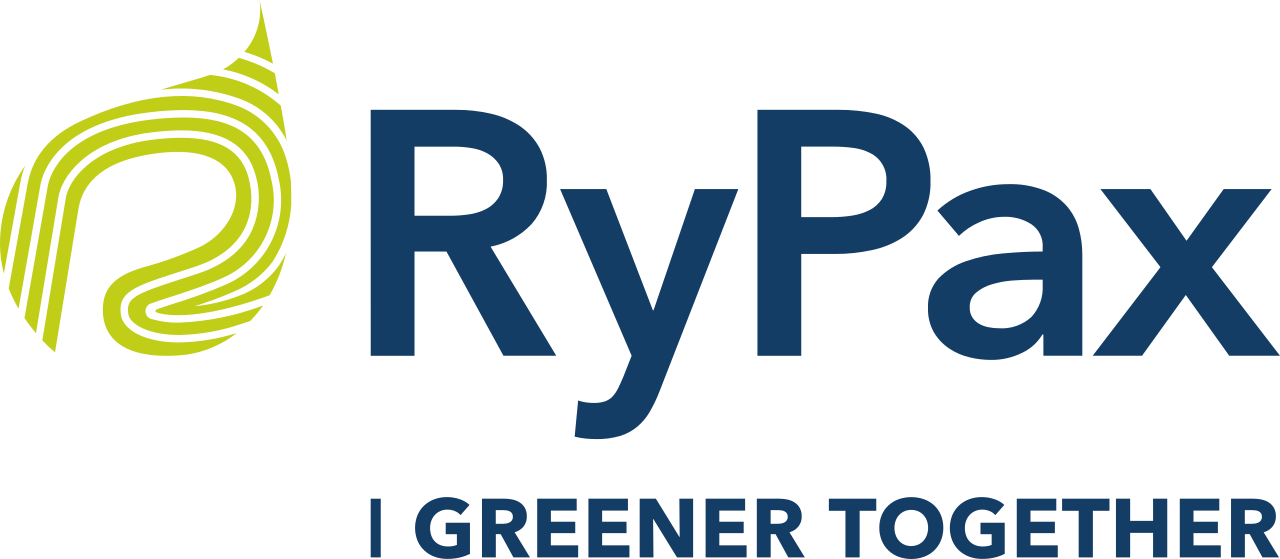Despite its importance, packaging is an often-overlooked element of a consumer product. On the most basic level, a package protects the integrity of a product during transport, warehousing, and shelving — ensuring that the product is intact and safe to use when it reaches consumers. Packaging also provides vital information about the product, and a wide range of design options provides brands effective ways to engage consumers at the point-of-sale. Let’s take a look at how packaging has evolved over the years and at the exciting new technologies and materials that enable modern packaging to meet the ever-changing needs of manufacturers, retailers, and consumers.
A Brief History of Packaging
Early humans didn’t require packaging because they typically lived in small, localized groups. They produced and consumed things where they lived. Archaeologists and historians believe that packaging likely first arose when people became more nomadic because they needed ways to protect, store, and transport food and other goods. They used animal skins, gourds, and fashioned leaves and other natural materials to package their essentials.
As humans began to live in larger communities, packaging changed along with the new ways of life. People learned to make clay pots, weave baskets using plant fibers, and make bags from animal skins. These containers allowed them to store food, seeds, and other valuables, as well as transport them between settlements.
As villages grew into cities, trade became more important, which led to innovations in packaging technologies. Over the years, the advent of glass, wooden barrels, and other packaging solutions enabled people to store and transport goods, including liquids, in increasingly larger quantities.
When Napoleon Bonaparte offered a large sum of money for an effective method to preserve food for his troops, a French chef discovered that food sealed in glass jars and sterilized by boiling were safe to eat for long periods. A British inventor soon developed a method of making and sealing tin cans filled with food. Other metals were eventually used to package food and other goods.
The evolution of packaging progressed by leaps and bounds during the Industrial Revolution. As machine-made products began to replace handmade goods, more efficient packaging methods evolved as a matter of necessity to deal with the large-scale production of goods. Packaging goods for individual started during this era, and in some cases packaging had an effect on how the products themselves were manufactured.
The paperboard box was developed in England in 1817, but the technology did not take off until an efficient method to prefabricate cartons was developed in 1890. In the United States, NABISCO and Kellogg’s quickly popularized the use of cardboard cartons for their cookies and cereals, respectively.
In response to consumer demand, manufacturers began producing single-use packages in much greater quantities in the early 20th century. Companies also began to take greater advantage of the marketing opportunities that packaging provided, using brand logos and eye-catching lettering and illustrations to capture consumer attention.
The first plastic injection molding machine was invented in the 1920s, but plastics didn’t become a widespread packaging material until the development of polypropylene in the 1950s. That decade also saw the introduction of the pop-top aluminum can. By the 1960s, plastics — most notably polyethylene — quickly became the go-to packaging material for many products.
The overuse of plastic packaging began choking landfills, however, and recycling emerged as a hot-button political and environmental issue. Government agencies, such as the U.S. Environmental Protection agency, began adopting stricter rules to regulate packaging.
Current Packaging Options
As we’ve seen, packaging has changed continuously to adapt to new needs and take advantage of new materials and solutions. That transformation continues today as exciting design innovations and technologies have expanded the packaging options available to manufacturers. Consumer preferences and expectations have changed, with increased concerns about the safety and authenticity of products and the environmental impacts of packaging. Brands have responded by adopting packaging that meets these demands — without sacrificing quality, reliability, and cost-effectiveness.
Sustainable packaging
Concerns about the environment and climate change have significantly altered consumer behavior. More people than ever, particularly younger consumers, are seeking out green products and products with eco-friendly packaging. As a result, designing packages for reuse or recycling and replacing plastics with paper are among the growing trends in sustainable packaging.
Sustainable packaging extends beyond what happens to a package after it’s used. The materials used in manufacturing a package should also be from sustainable sources (whether they’re virgin or recycled materials) and, if feasible, come from verified green suppliers. Other factors also contribute to making packaging more sustainable. For example, lowering the weight of packaging reduces the use of fossil fuels used to transport products.
The ultimate environmental goals of using sustainable packaging include minimizing greenhouse gas emissions, creating as little waste as possible, lowering water usage, reducing reliance on fossil fuels, and eliminating the use of chemicals that may present a hazard to humans, land, or waterways.
Smart packaging
Smart packaging is another growing trend. It refers to packaging that uses embedded sensor technologies to provide a variety of benefits to consumers and manufacturers. According to Packaging Digest, smart packaging has two subcategories: “Active packaging, which provides functionality such as moisture control, and intelligent packaging, which incorporates features that indicate status or communicate product changes and other information.”
Quick response (QR) codes, radio-frequency identification (RFID) tags, and near field communication (NFC) chips are the most popular sensors currently used in intelligent packaging. These digital tools help ensure product integrity, quality, and safety, and they provide consumers important information and guidance on how to use the product properly. For example, shoppers buying pharmaceuticals that have a QR code or other technology embedded in the package can confirm the product’s authenticity and receive additional information.
Molded fiber packaging
Molded fiber packaging evolved from paper egg cartons. These familiar household packages are made from molded pulp – a mix of recycled paper, cardboard, and other materials. Molded fiber soon became a popular choice for food packaging, such as containers for berries, fruits, and vegetables; clam-shells boxes and other take-out food containers; and plates, trays, bowls, and cups. Paper egg cartons and other molded pulp packaging have the added benefits of being reusable, recyclable, biodegradable, and compostable.
Today, bamboo, sugarcane, and other fast-growing fibers are often used in manufacturing molded fiber packaging. The technologies behind molded fiber packaging have also improved, which has expanded molded fiber’s use beyond protective packaging to new uses as packaging boxes — and even to house the product itself.
The changes in base materials, along with the arrival of new technologies like color, have resulted in molded fiber packaging that is much more refined and aesthetically pleasing. This has resulted in high-end products such as electronics and luxury goods converting their packaging to molder fiber as part of their drive towards sustainability — without impacting their brand equity.
The benefits of this eco-friendly packaging solution include providing strong product protection, enabling flexible designs, lowering material costs, and not requiring assembly. Molded fiber packaging can also be enhanced with smart packaging technologies to better achieve sustainability goals and to provide additional customer benefits, such as assuring product safety and providing information and guidance to consumers.











